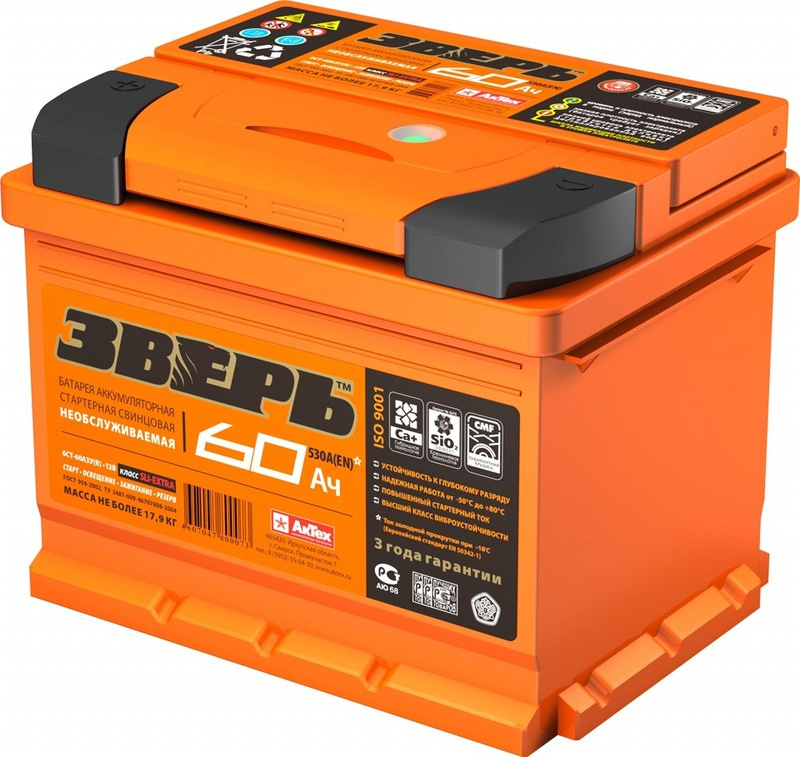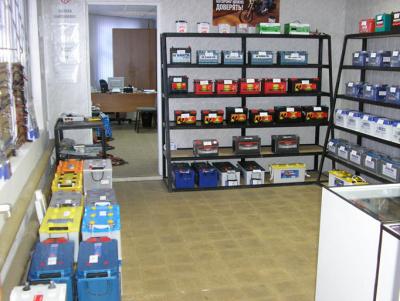
Battery shelf life before use
The work of all types of batteries is based on redox reactions, so the battery can be repeatedly charged and discharged. Accumulators (accumulators) are charged dry and filled with electrolyte. The battery type determines how long the battery can be stored before use and how it is stored. A dry-charged battery is sold without electrolyte, but already charged, and charged batteries are filled with electrolyte and immediately charged at the factory.
General technical information AB
A brand is applied to the bottle and the AB lintel indicating the date of manufacture, the class and material from which the AB elements are made, and the manufacturer's logo. The type of battery cells is determined by:
- by the number of elements (3−6);
- by rated voltage (6-12V);
- by rated power;
- by appointment.
To designate the type of AB and spacers, the letters of the materials from which the element body and the gaskets themselves are made are used.
The main characteristic of any AB is its power. It is she who determines the potential of the battery cell. The capacity of the battery depends on the material of which the separators and electrodes are made, as well as the density of the electrolyte, the temperature and the state of charge of the UPS.
At the moment of increasing the density of the electrolyte, the battery capacity increases to certain limits, but with an excessive increase in density, the electrodes are destroyed and the battery life is reduced. If the density of the electrolyte is critically low, at sub-zero temperatures, the electrolyte will freeze and the battery will fail.
Using batteries in a car
Electrochemical energy sources have found their application in various modes of transport and many other industries. In a car, a battery is needed for certain purposes:
- engine starting;
- power supply to operating systems when the engine is off;
- use as an aid to the generator.

Car batteries are divided into 4 categories: low antimony, calcium, gel and hybrid. When choosing an AB, one should take into account not only the price, but also its functionality:
- A battery with a low antimony content is a conventional lead-acid battery without adding additional components to the composition of the plates.
- Calcium: In this battery, all the plates are made of calcium.
- Gel - filled with gel-like contents that replace the usual electrolyte.
- The hybrid battery includes plates of various materials: the positive plate is low in antimony, and the negative plate is mixed with silver.
Batteries with a low antimony content are more susceptible to water boiling out of the electrolyte than others and lose charge faster than others. But at the same time they are easily charged and are not afraid of deep discharge. A diametrically opposite situation develops with calcium batteries.
If such a battery is deeply discharged several times in a row, it will not be possible to restore it. The best option would be a hybrid battery. Gel batteries are convenient in that there is a gel inside that does not leak out in an inverted position and cannot evaporate.
They are capable of delivering maximum starting current until fully discharged and have the ability to recover at the end of the charge cycle. A significant disadvantage of this type of battery is its high cost.

For new foreign cars with high-quality electric lighting, it is recommended to install calcium batteries, and for old models of the domestic auto industry, battery cells with a low antimony content will be the best choice.
Storage conditions
A dry-charged battery cell should be stored in its original packaging in a well-ventilated area at a temperature not lower than 00°C and not higher than 35°C. Avoid exposure to direct UV rays and moisture. It is contraindicated to place battery cells on top of each other in several levels so that they remain freely available.
Dry batteries do not need to be charged during storage. There is a manual on the battery pack that tells you how long the battery can be stored in the warehouse. According to the recommendations of experts, this period should not exceed one year. In reality, such batteries are stored longer, but the battery charge cycle will be much longer.
The service life of the battery with electrolyte is one and a half years at a temperature of 0C~20C. If the temperature exceeds 20°C, the battery life will be reduced to 9 months.
If the battery is stored at home, it should be charged at least once a quarter to prolong battery life. To monitor the condition of the battery, it is necessary to have a charging outlet in the garage to determine the battery charge and a hydrometer to control the density of the electrolyte.

